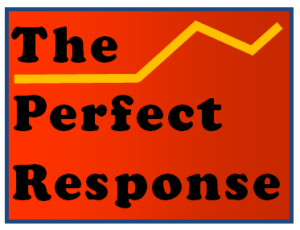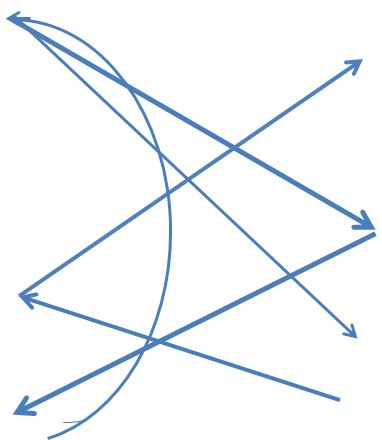For an underwater sequence in the film "Mission Impossible--Rogue Nation," Tom Cruise learned how to hold his breath for six and a half minutes, according to the film's director.
-The New York Times.
Tom Cruise is surely an all-purpose actor. The press is full of stories about his prowess in doing hair-raising feats for the camera. But he doesn’t have a lock on the idea that you don’t necessarily need a double. For years many of us have been pulling off feats others would think improbable and unlikely.
Here’s a personal shortlist:
- I managed to have the speed-limit on the narrow one-lane road in front of my house raised after a sustained effort to have it lowered. This provides evidence that (a) some of us are better at teaching persuasion than doing it, or (b) like its federal counterpart, local governments can be completely unresponsive.
- After a long-running struggle with a publisher to include larger text and bold graphics in a new book, the eventual product featured print with letters the size of poppy seeds. And there are about as many graphics as might be found in a book on contract law. Without trying, I have apparently done my part to revive the sale of magnifying glasses.
- Long ago during in mid-performance with specially selected high school musicians from around the state–and with no help from anyone else–I managed to stumble and pull a number of metal folding chairs off an elevated stage. This clamorous and improvised fortissimo was in addition to what had been written for those of us in the percussion section. The guest conductor was nice enough to stop the performance and wait for me to climb back on stage, giving more meaning to the phrase, “my last shred of dignity.”
- High school is when intent and action often diverge. As a supporting actor in the senior play I seemed to have a natural gift for “stealing scenes” from the lead actors by randomly moving around the set while they were talking. I think I heard my drama coach comment under her breath that my performance was “never to be duplicated.”
- In a pattern that suggests mastery of the form, a few times over my 45 years of teaching I’ve managed to show up a week early for a committee meeting. It’s always good to check out a room before an important gathering.
- I’m most proud of the “magic” set I had as a teenager, and the opportunity it provided to plant a tiny explosive in one of my father’s cigarettes. As intended, it went off when he lit up. That it exploded in the middle of a business meeting in his office was not an outcome I anticipated. I didn’t know it at the time, but I was doing my part to combat the effects of secondhand smoke.
Who said that all stunts have to go off as planned? I’d argue for a broader definition; a stunt is sometimes whatever happens. Planning for specific outcomes can be overrated and–more than we might wish–beyond our grasp. The perfect response is always a goal. But sometimes we just have to accept events, like the concert that literally brought my inflated teenage ego back to earth.
![]()


